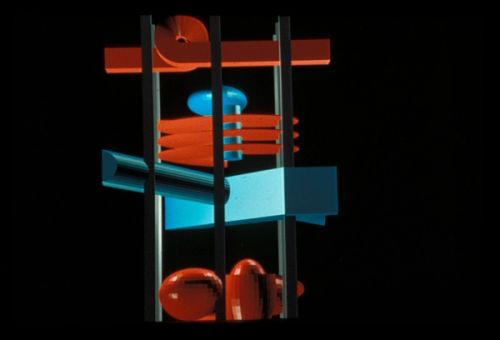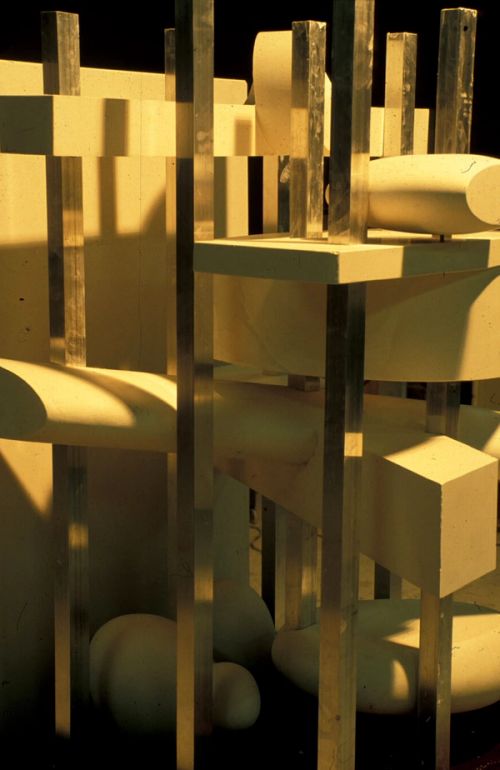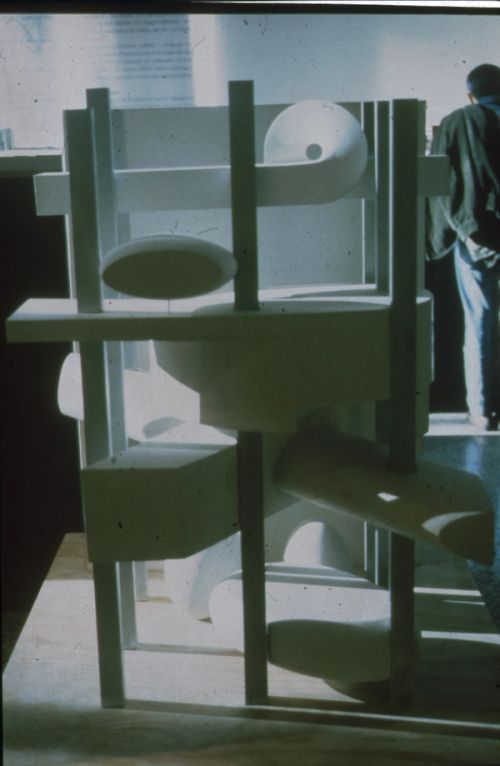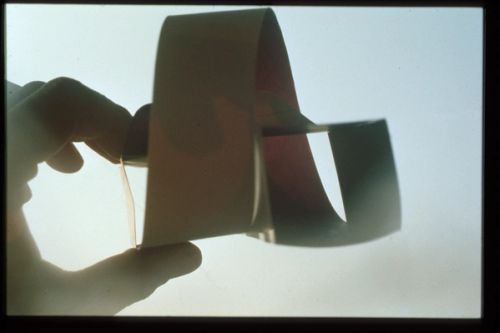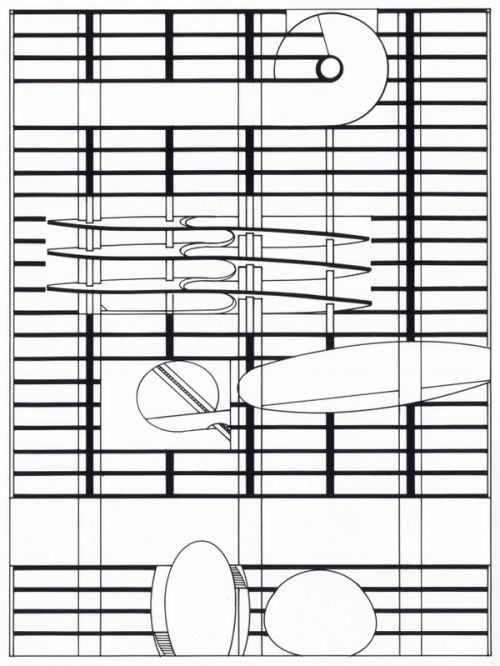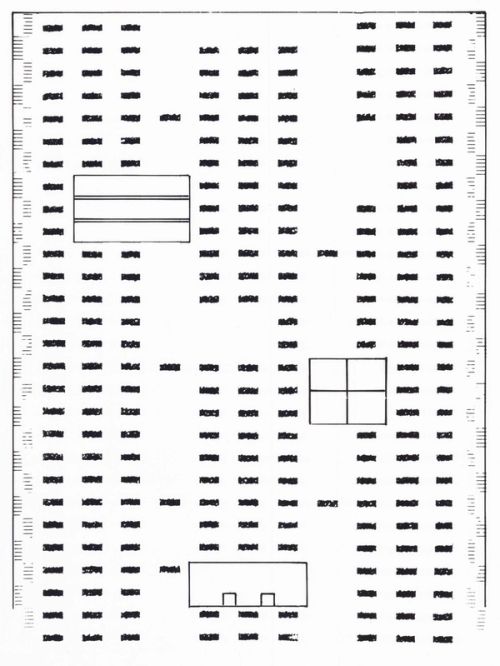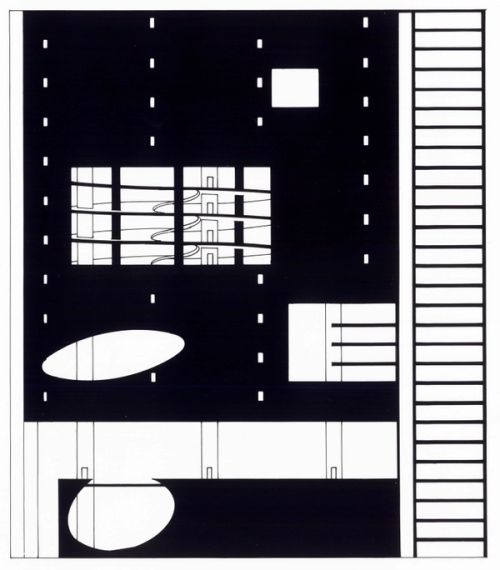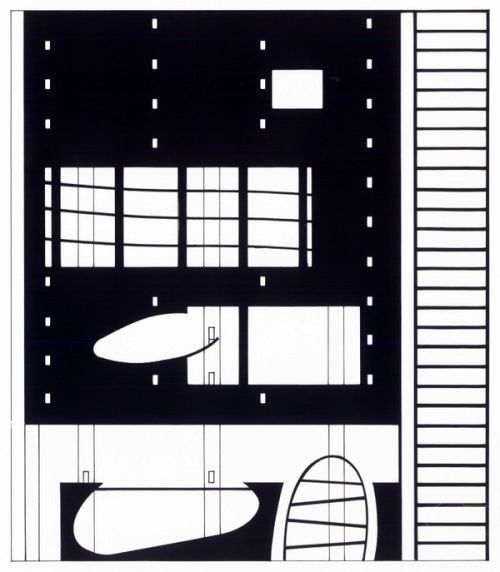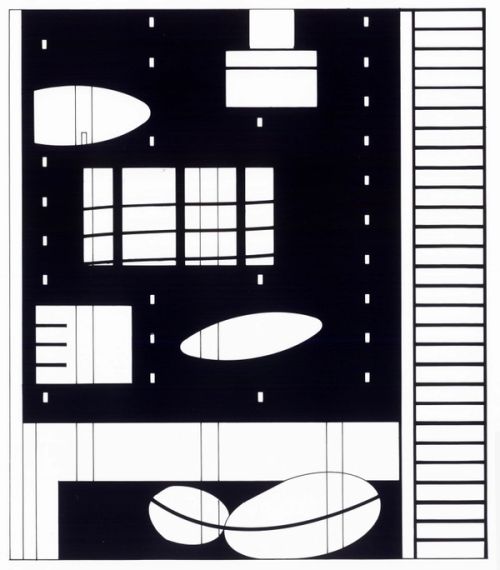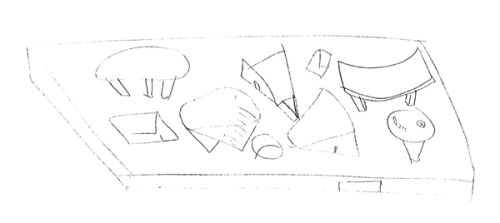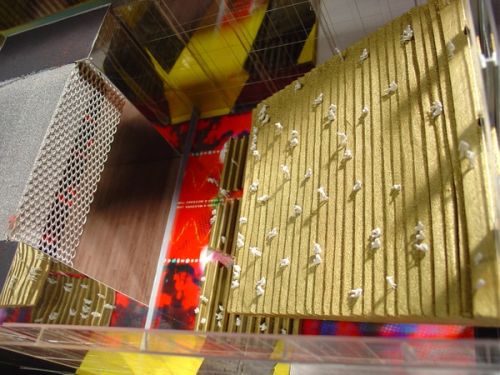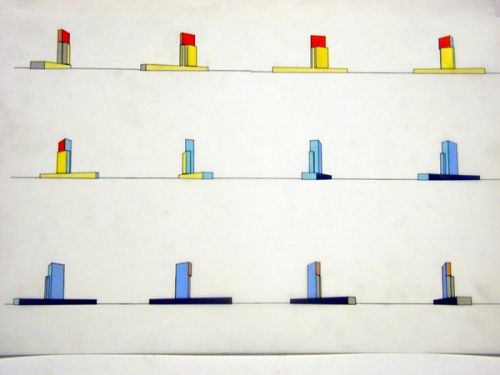
© Hans Werlemann
Très Grande Bibliothèque
OMA received an honorable mention for Très Grande Bibliothèque, a competition to build a new national library in France. The program called for the creation of various smaller libraries contained in one building envelope; including libraries for moving images, recent acquisitions, reference, catalogues and scientific research. The immense amount of information to be stored within these spaces (books, films, digital databases) became the impetus for the overall concept design. The library is imagined as a solid block of information, a dense repository for the past, from which voids are carved to create public spaces – absence floating in memory.



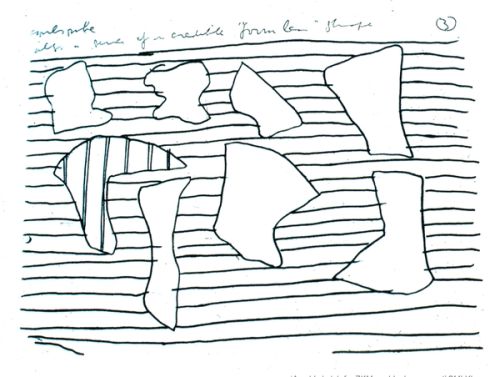






Strategy of the Void
…
2012
1989
Final Model
![]()
![]()
![]()
![]()
![]()
![]()
Digital Visualizations
![]()
![]()
![]()
![]()
![]()
![]()
Modelling The Voids
![]()
![]()
![]()
![]()
![]()
![]()
![]()
![]()
![]()
![]()
![]()
![]()
![]()
![]()
![]()
![]()
![]()
![]()
Sketch Models
![]()
![]()
![]()
![]()
![]()
![]()
![]()
![]()
![]()
![]()
![]()
![]()
Drawings
![]()
![]()
![]()
![]()
![]()
![]()
![]()
![]()
![]()
![]()
![]()
![]()
![]()
![]()
![]()
![]()
![]()
![]()
![]()
![]()
![]()
![]()
![]()
![]()
![]()
![]()
![]()
![]()
![]()
![]()
First Sketches
![]()
![]()
![]()
![]()
![]()
![]()
![]()
![]()











